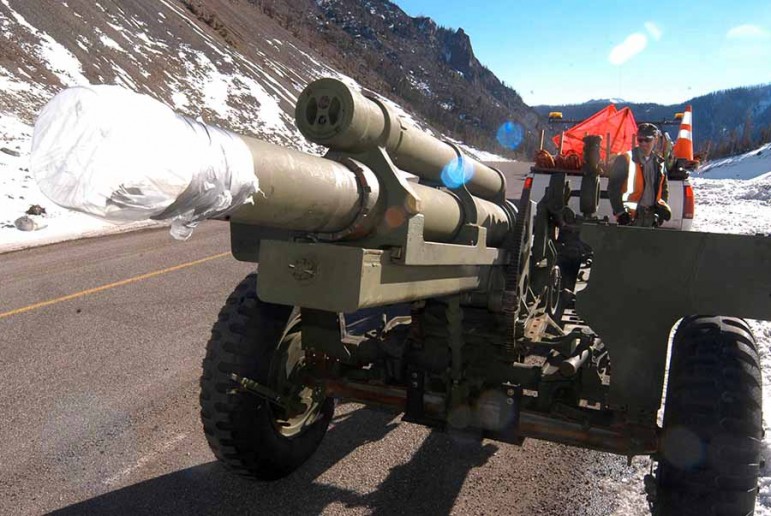
Shortly after the partial federal government shutdown ended last month, two Lake District maintenance workers performed an annual fall duty that most visitors to Yellowstone National Park never get to see, and is part of one of the park’s most controversial management practices.
Snow had already begun to pile up on Sylvan Pass by mid-October, requiring workers to clear a road to the platform where a 105-mm howitzer cannon is used each winter to blast snow from Hoyt Peak and Avalanche Peak on the north side of the pass.
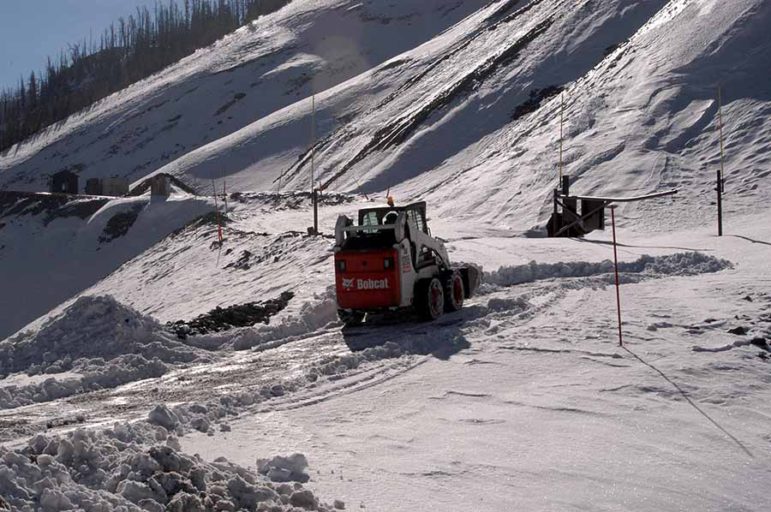
The 1.5-mile stretch of road at an elevation of 8,524 feet lies between the East Gate and Fishing Bridge, and is subject to avalanches throughout the winter, as well as spring and summer slides of slush, rock and mud.
Though there have been no injuries or fatalities from avalanches, visitors’ vehicles have been caught in spring mudslides, and a National Park Service truck was partially buried by snow in a May 2011 slide that came after winter travel had ended but before the park had opened to autos for the spring.
A 2007 draft winter-use plan proposed closing the pass, but public outcry from Cody residents and pressure from Wyoming elected officials brought about formation of a working group and discussions with park officials that later resulted in a reversal of that decision.
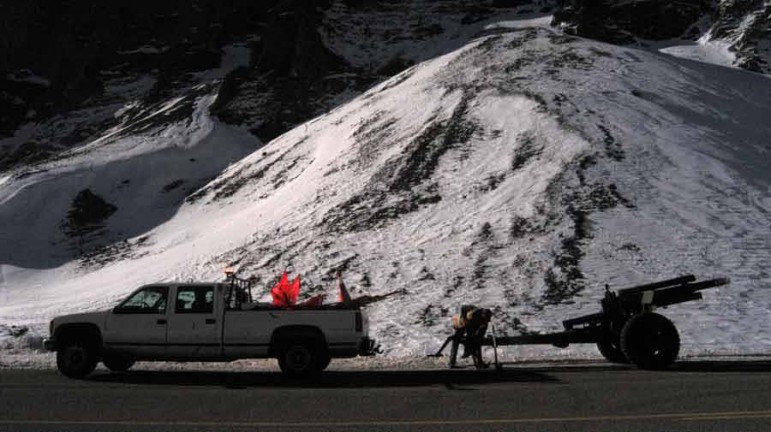
Various conservation groups have objected to the risk, cost and environmental effects of using a howitzer to mitigate avalanche risks along the pass.
Park managers say they have carefully studied the issue, and are confident the howitzer can be safely used. While the $125,000 annual cost of avalanche mitigation operations is an issue, it can’t be the sole factor in deciding whether to keep the pass open, park officials have said.
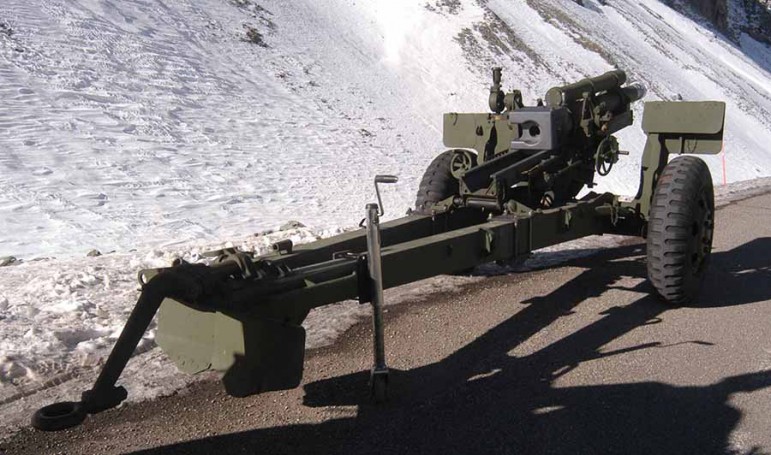
For four decades, guns have been used to bring snow down from several avalanche chutes above Sylvan Pass, allowing snowmobiles, snow coaches and skiers to safely enter the park from the East Gate. Under current protocols, the howitzer is positioned on a fixed firing platform that can swivel to cover the various north slope chutes where avalanches are likely to begin.
But not every shell goes off, and unexploded ordinance has been found along the pass. A sign warns visitors of the danger of encountering potential explosives on the steep slope along the north side of the pass.
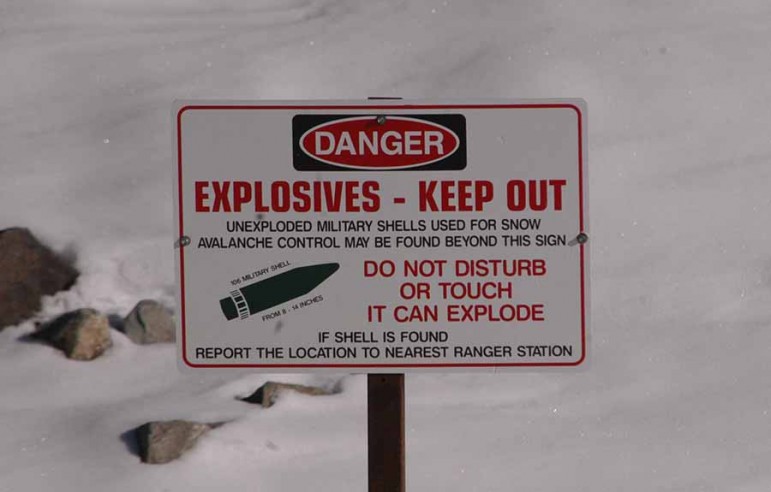
With the pass receiving more than 300 inches of snow each year, the howitzer will continue to fire under the latest winter-use plan, and travel through the East Gate will follow a reduced winter season as agreed to by a working group formed after the 2007 plan was released.
Contact Ruffin Prevost at 307-213-9818 or [email protected].
